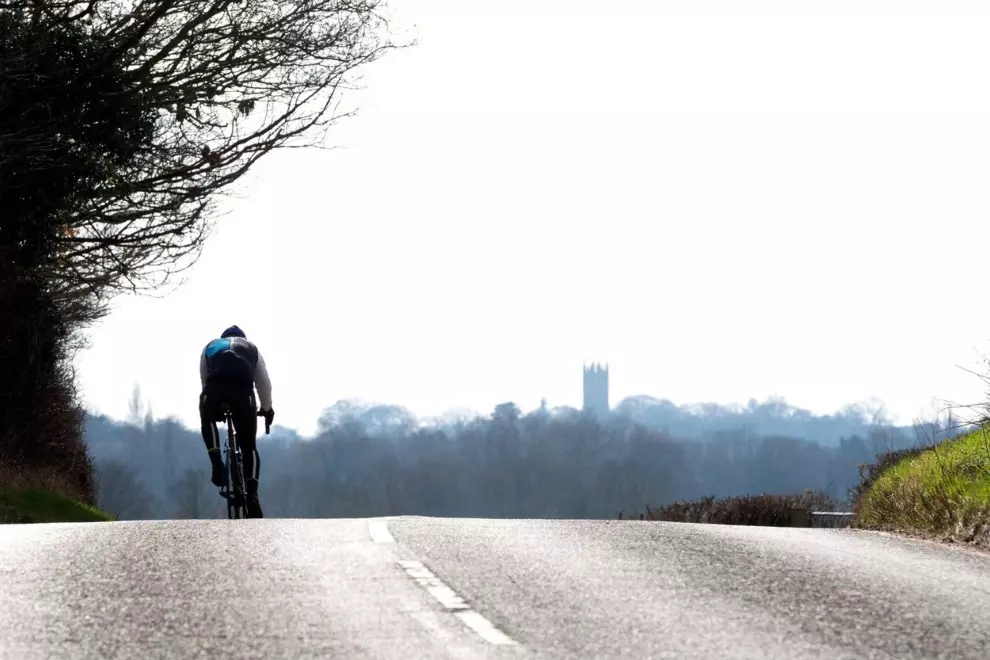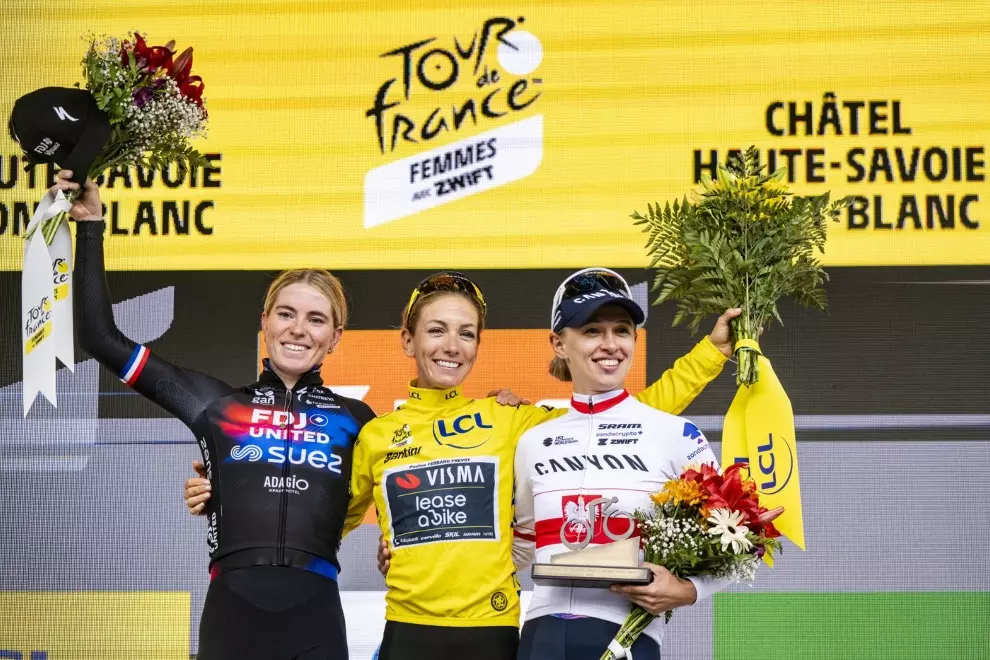Most riders want something that takes pride of place in a trophy room or shelf at home but it doesn’t always work out that way. Let’s look at a few of the oddest trophies in cycling awarded to past victors that aren’t exactly mantle material. Ready for a chuckle or two?
Kuurne–Brussels–Kuurne
This one-day spring classic is celebrating its 75th edition in 2023. The race starts in Kuurne, Belgium, a Flemish municipality in West Flanders with a rich history in the textile trade. It forms the traditional kick-off to the Belgian Classics season, along with Omloop Het Nieuwsblad that takes place the Saturday before.
Merchants from Kuurne were not-so-affectionately named “donkeys” by the people of the neighbouring town of Kortrijk since they travelled past them to the local market to sell their wares with carts pulled by donkeys. Proud of their local heritage, the winner of Kuurne–Brussels–Kuurne receives a cuddly stuffed toy donkey to this day.
Classic Haribo
Are you a fan of Haribo gummy candies? If so, you’ll be sad to know this one-day French event is no longer on the pro racing calendar. But it was part of the Coupe de France race series from 1994 to 2006. Prominent past winners include Erik Zabel, Laurent Jalabert, Stuart O’Grady and Thor Hushovd.
You’ve probably already guessed that the Haribo Candy Company was the primary sponsor. To the joy of their dentist, the winner of the day took home their body weight in Haribo gummy candies. But I wonder, did they get to pick the colours they wanted?
Superprestige cyclo-cross
Cyclo-cross is enjoying a renaissance and gaining popularity as audiences revel in the thrills and spills of mud-caked riders over obstacles, stairs, sandpits, off-camber descents and more. Team soigneurs get them superficially clean for the podium but what about when they get home?
In 2014, Belgian cyclo-crosser Tom Meeusen was the proud winner of a shower from the high-end brand Hansgrohe. Can you think of a weirder yet more appropriate item to win in a cyclo-cross race? I can’t. Pure genius.
Tro-Bro Léon
Tro-Bro Léon? What language is that? It’s the regional Celtic language, otherwise known as Bréton, spoken in Brittany, France. Called the Tour of Léon to the rest of us, this UCI Pro Series event is held in the Finestère department in the extreme west of Brittany. Finestère means “end of the earth” which perfectly describes its geographical position for continental France.
Tro-Bro Léon is also referred to as the “Petit Paris-Roubaix” or the “Hell of the West” for its many sections of challenging farm tracks and unpaved roads that contain some cobbles and gravel sections. The first-place rider and the best-placed Breton both receive a piglet! The region is known for its delicious cooked, pork-based products such as sausages, pates, terrines etc. Livestock used to be commonplace trophies in the not-to-distant past. Riders like Sean Kelly and Mario Cipollini received a cow or two in their prime.
Arctic Race of Norway
Norway’s icy waters and majestic fjords are home to some of the best salmon in the world and the Arctic Race. The first edition of this official UCI-sponsored event took place in 2013. Was the race created for the country’s favourite son, Thor Hushovd, after he won the 2010 World Road Championships?
Back in 2019, pro Steve Cummings donned the Salmon Jersey (a Norwegian KOM) awarded to the best climber. He received a giant stuffed toy salmon as the day’s prize. But wait, the overall winner of the general classification takes home 500 kg of superior Norwegian salmon. Now that’s something to put a smile on a cyclist’s face.
Tour of Turkey
This multi-stage event began in 1963 as the Marmara Tour. It quickly grew to international status and became the Presidential Cycling Tour of Turkey in 1965. It now attracts the best cyclists in the world and thousands of sports fans to Turkey’s clement climate and stunning landscapes.
Bananas aren’t something that comes to mind when I think of Turkey but the sponsors of the race in 2015 wanted to change that. Mark Cavendish, the winner of Stage 1, received a massive bunch of bananas; an appropriate prize for any cyclist. It took him two hands and then some to hold them on the podium. The entire peloton probably received one as a post-race snack with bananas to spare!
Classic Brugge–De Panne
This multi-day cycling event held in Belgium was inaugurated in 1977. It was the last Flemish race on the calendar leading up to the Tour de Flanders. Until 2017, the race lasted three days and was known (in English) as the Three Days of Brugge-De Panne. Nowadays, it’s a one-day race that includes the famous cobbled Kemmelberg and a few other sections.
In 2011, the first day of racing was traditionally for sprinters and the German fast man André Greipel didn’t disappoint. However, his face tells it all on the podium as he received the day’s trophy, a seemingly edible prize (the baker’s label is the frame). Picture an interplay of crescent shapes with what appear to be meringue balls, marzipan mushrooms and a curly-haired man in a yellow jersey reclining on steps cradling a champagne bottle who may be missing his trousers. It seems more apt for an avant-garde art gallery than an edible feast.




